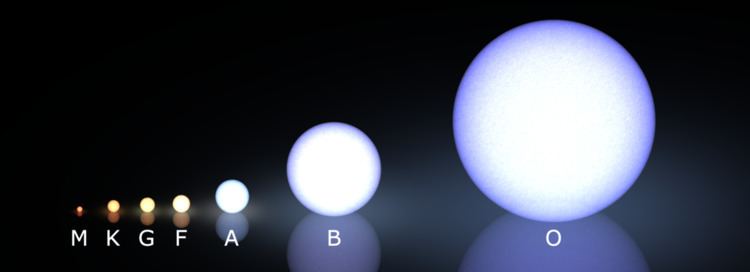Luminosity (bolometric) 0.86 L☉ | Luminosity (visual, LV) 0.83 L☉ | |
 | ||
HD 98649 is a G-type yellow dwarf star, classified as a G4V. HD 98649 is about 135 light years from earth. HD 98649 is found in the Crater constellation.
Contents
Planetary system
From 1998 to 2012, the star was under observance from "the CORALIE echelle spectrograph at La Silla Observatory".
In 2012, a long-period, wide-orbiting planet was deduced by radial velocity. This was published in November.
The discoverers noted, "HD 98649b is in the top five of the most eccentric planetary orbit and the most eccentric planet known with a period larger than 600 days." The reason for this eccentricity is unknown. They also submit it as a "candidate for direct imaging", once it gets out to "10.4 AU at apoastron" and 250 milliarcseconds of separation relative to Earth.
Sun comparison
This chart compares the Sun to HD 98649. HD 98649 was in the past thought to 4.7 billion years old, new measurements have found HD 98649 to be younger at 2.3 billion years old.
To date no solar twin with an exact match as that of the Sun has been found, however, there are some stars that come very close to being identical to that of the Sun, and are such considered solar twins by the majority of the public. An exact solar twin would be a G2V star with a 5,778K temperature, be 4.6 billion years old, with the correct metallicity and a 0.1% solar luminosity variation. Stars with an age of 4.6 billion years are at the most stable state. Proper metallicity and size are also very important to low luminosity variation.
